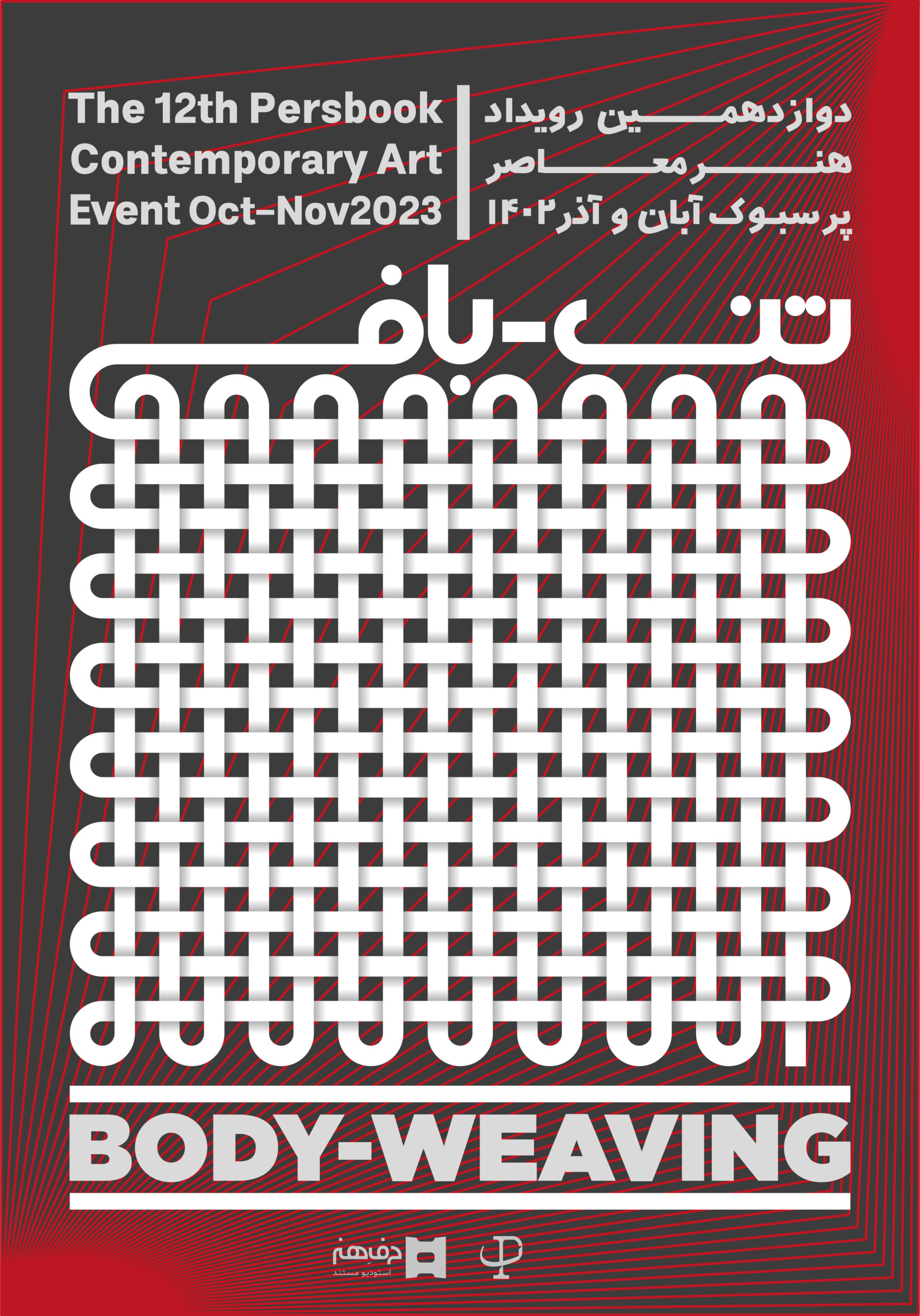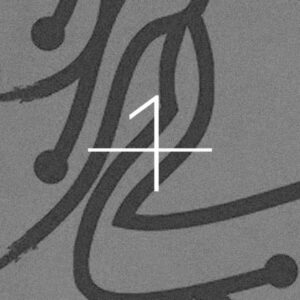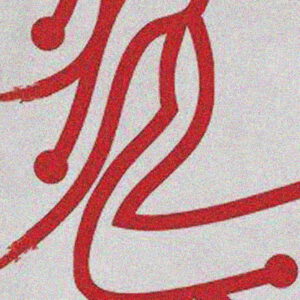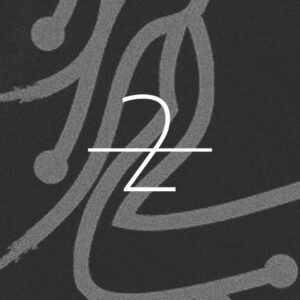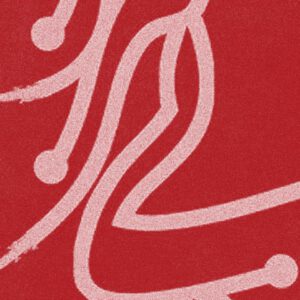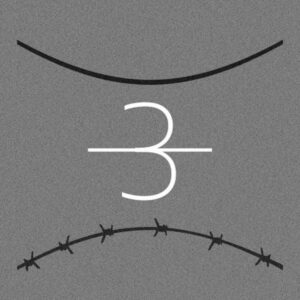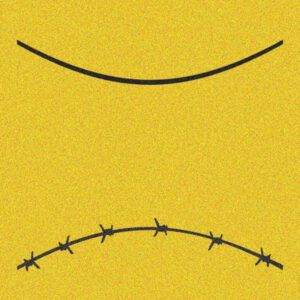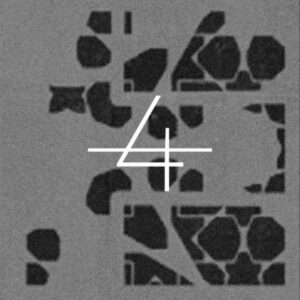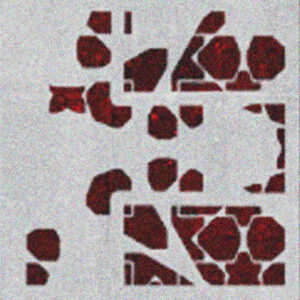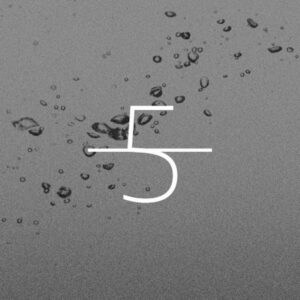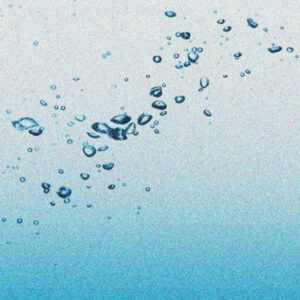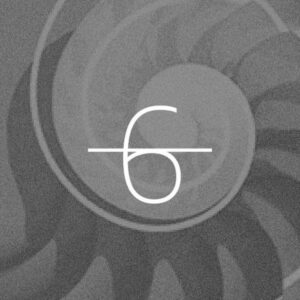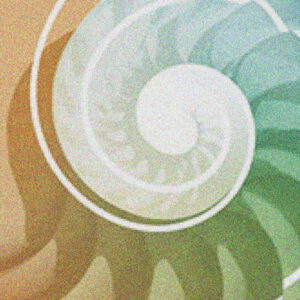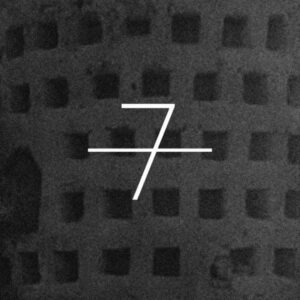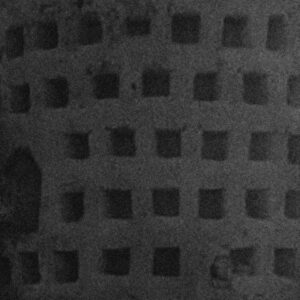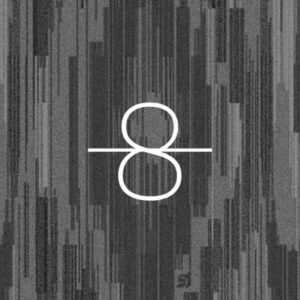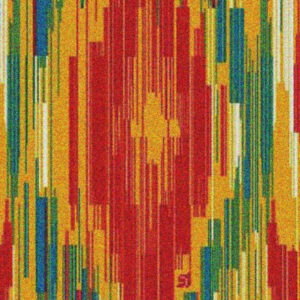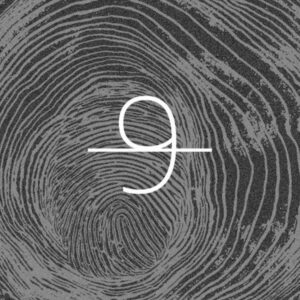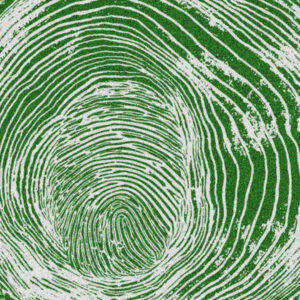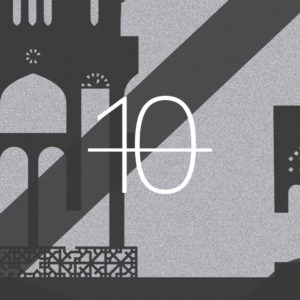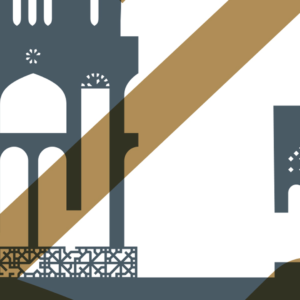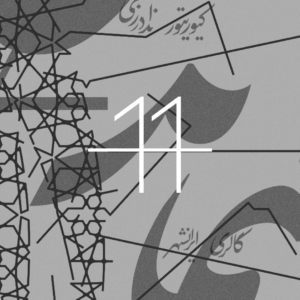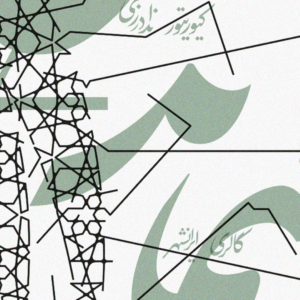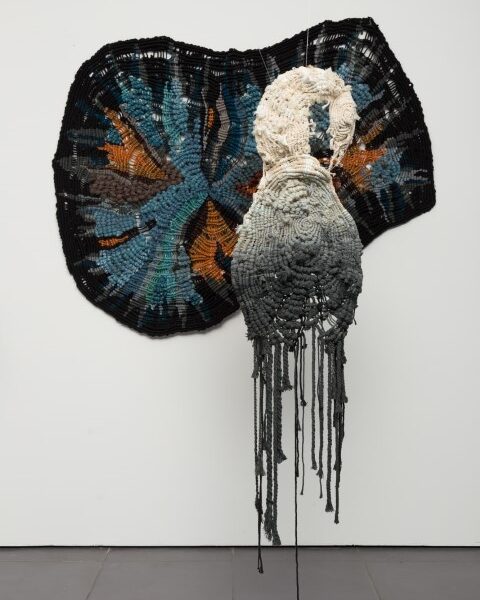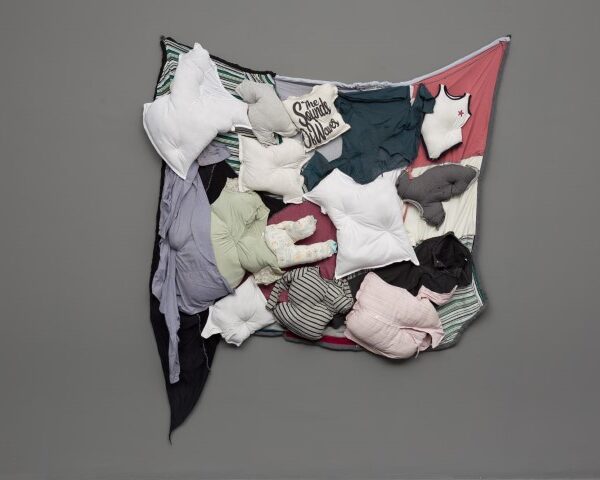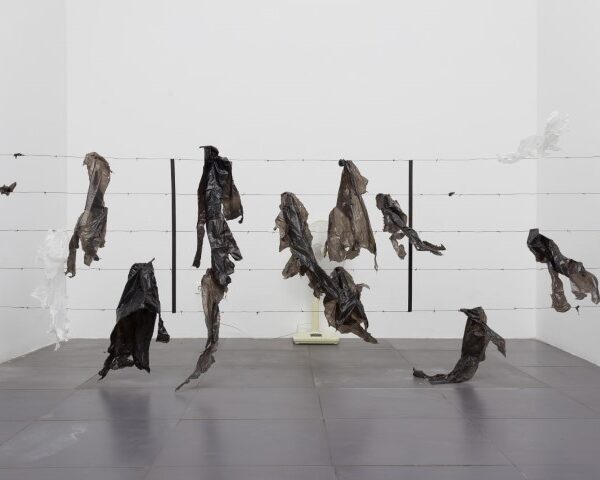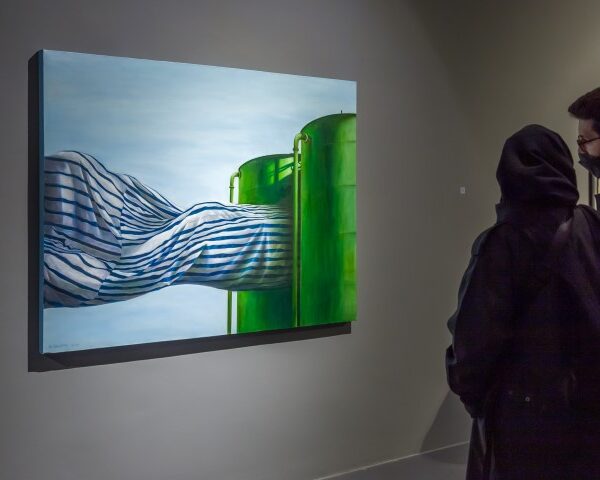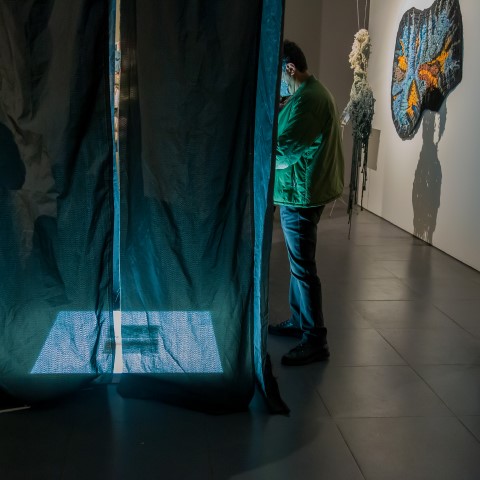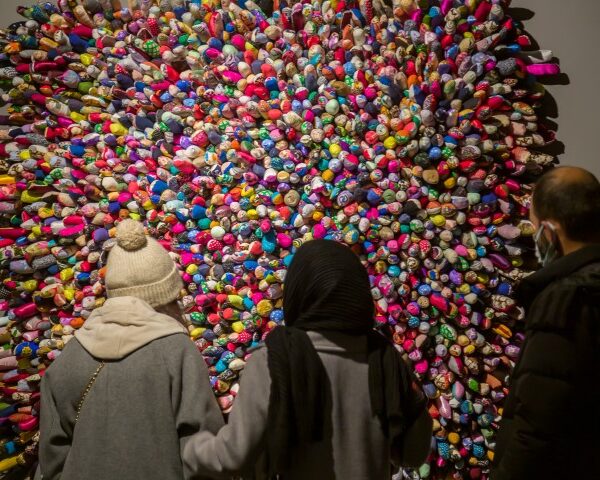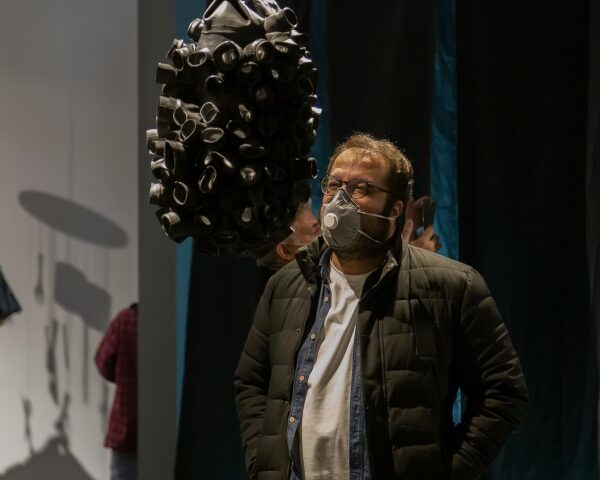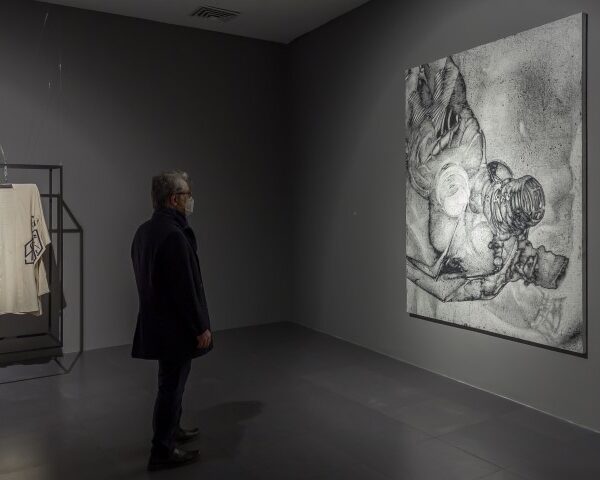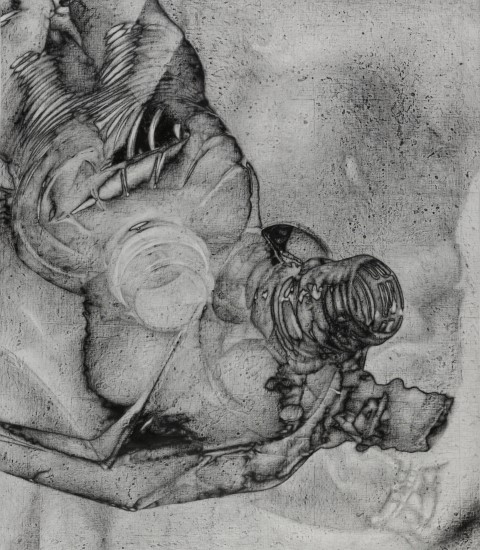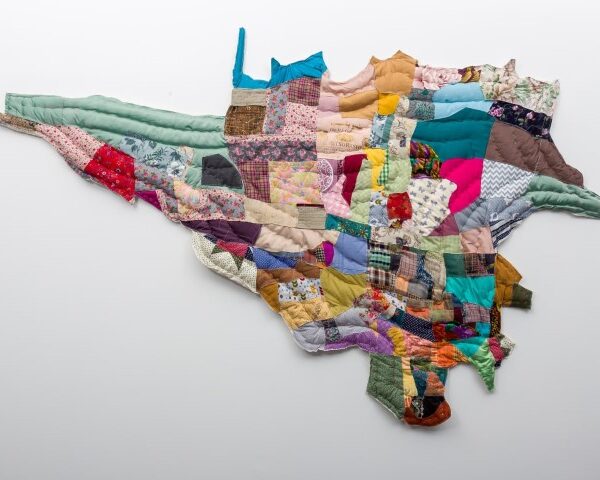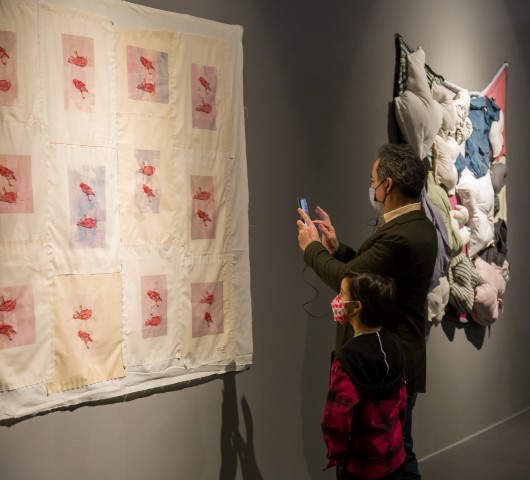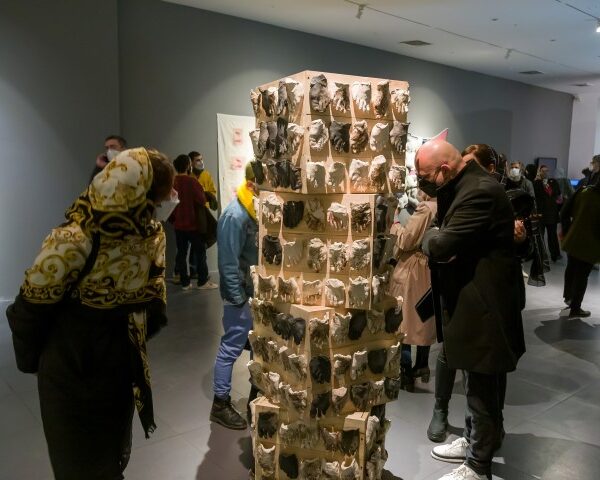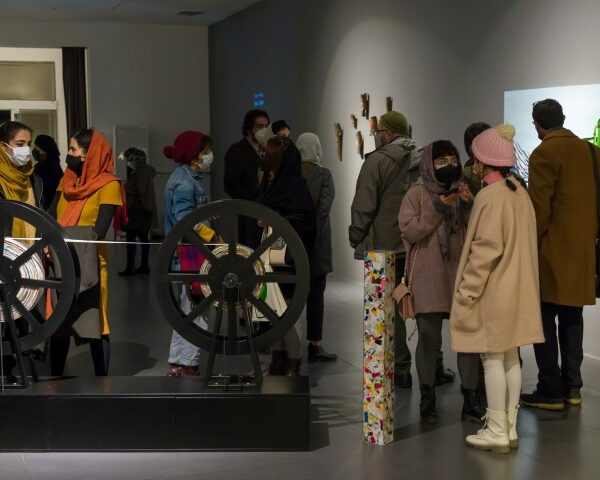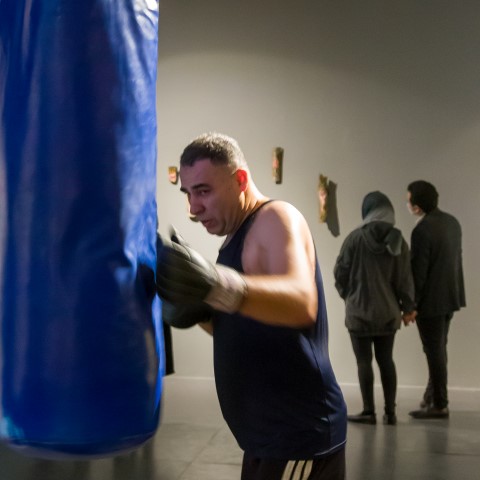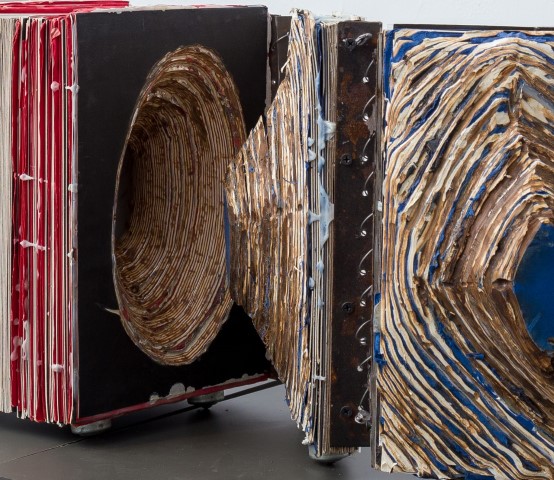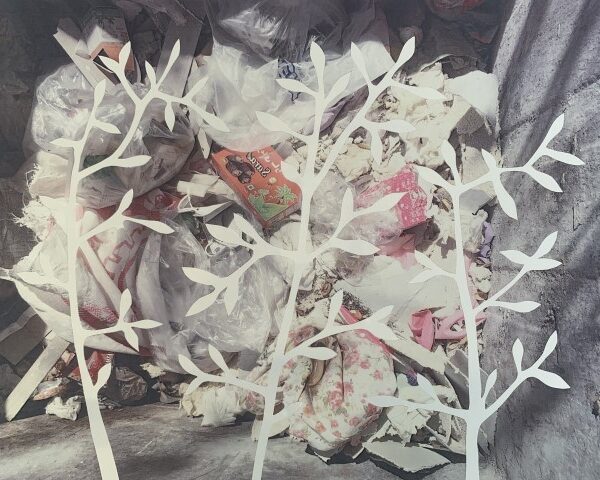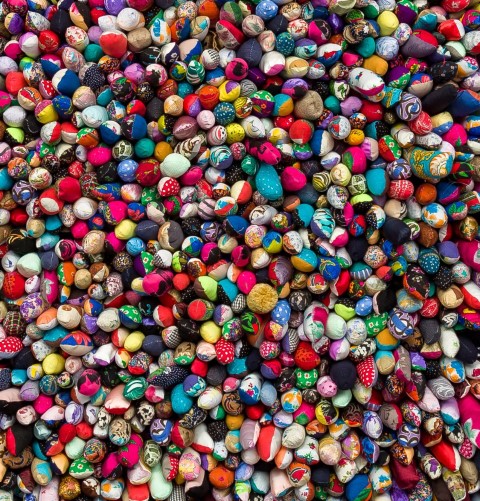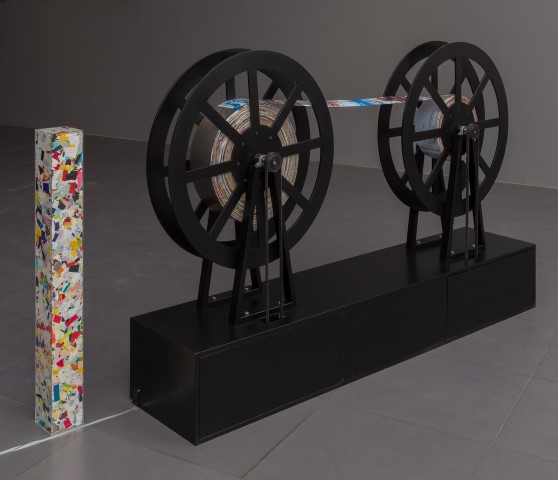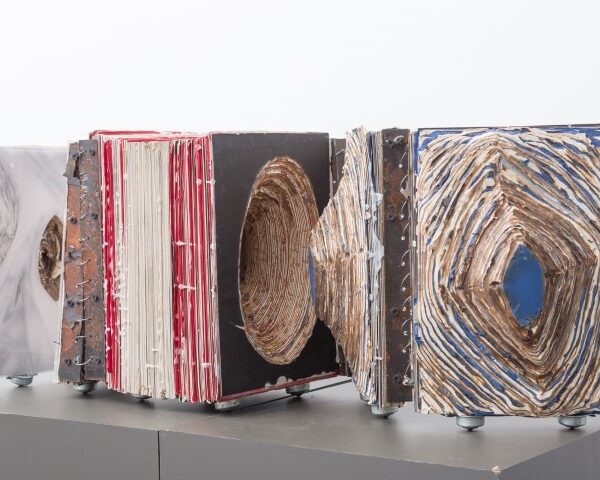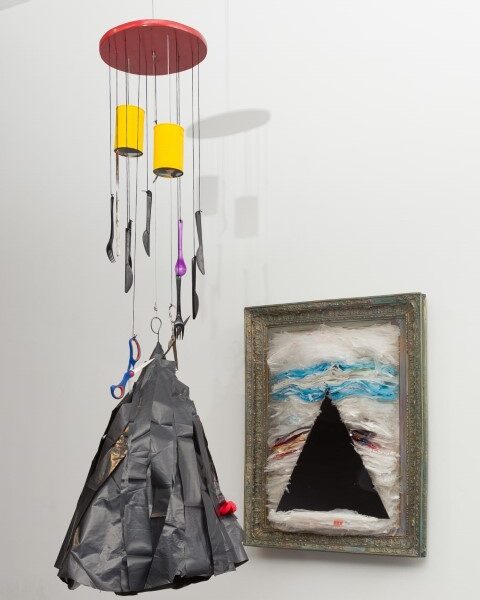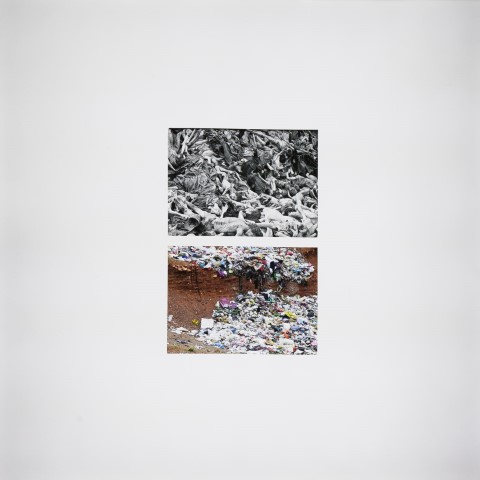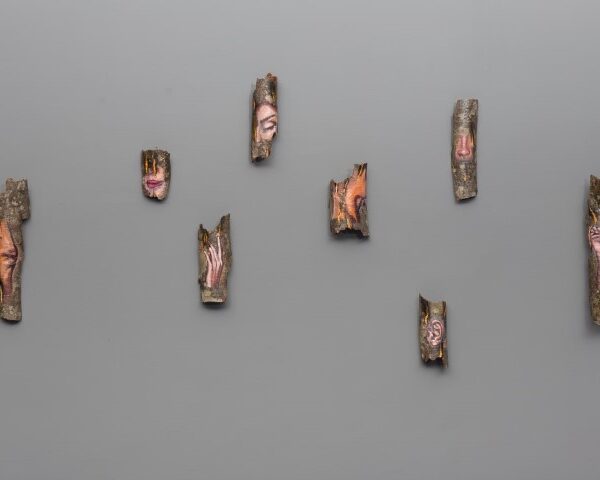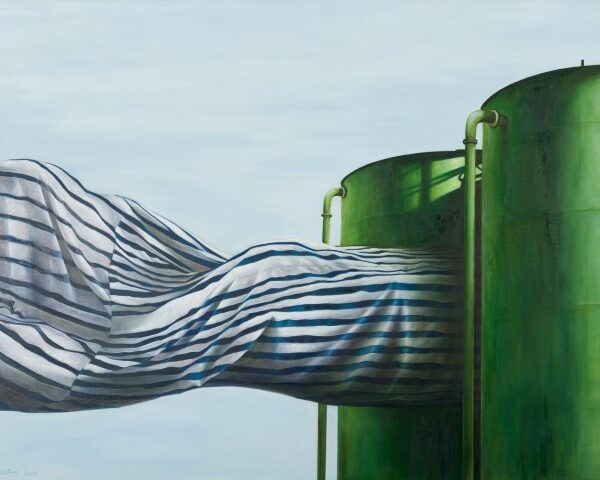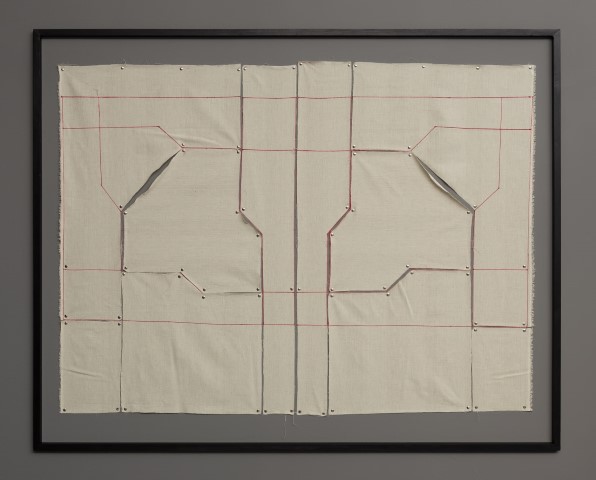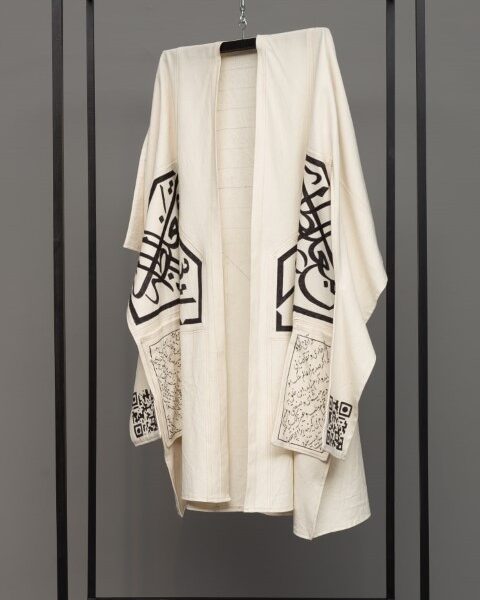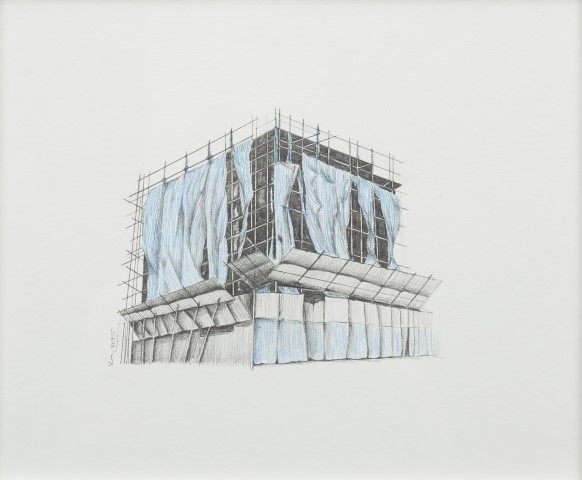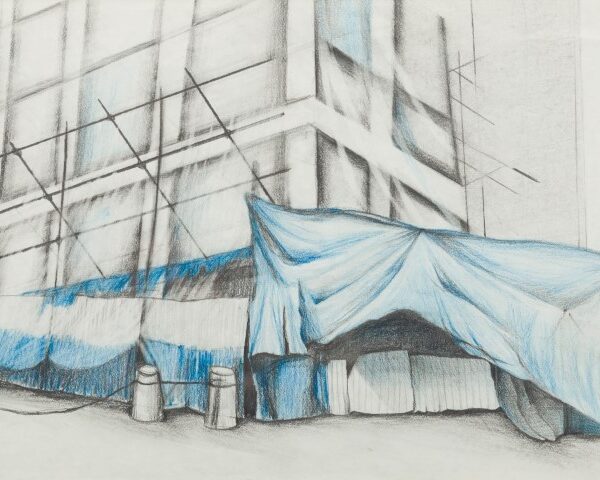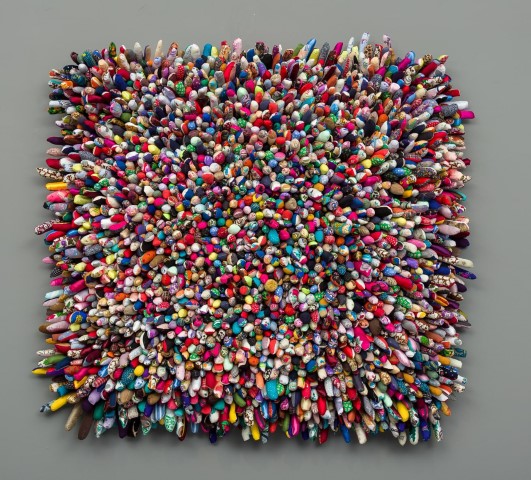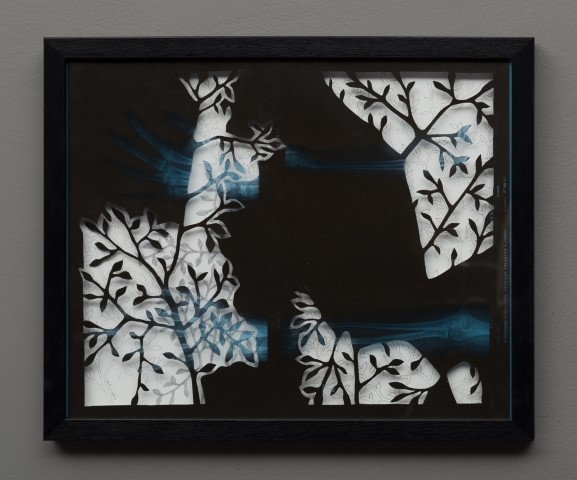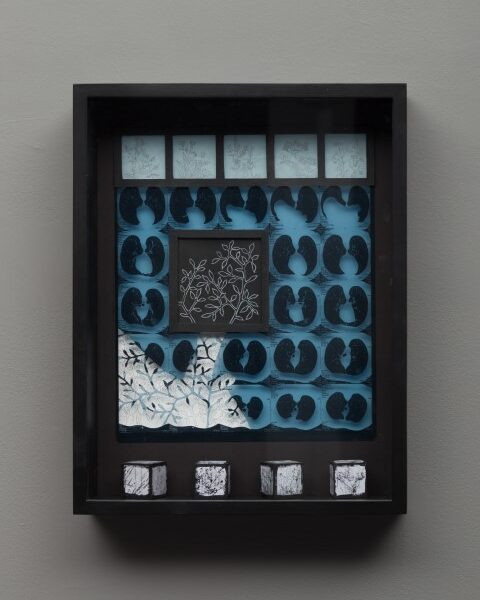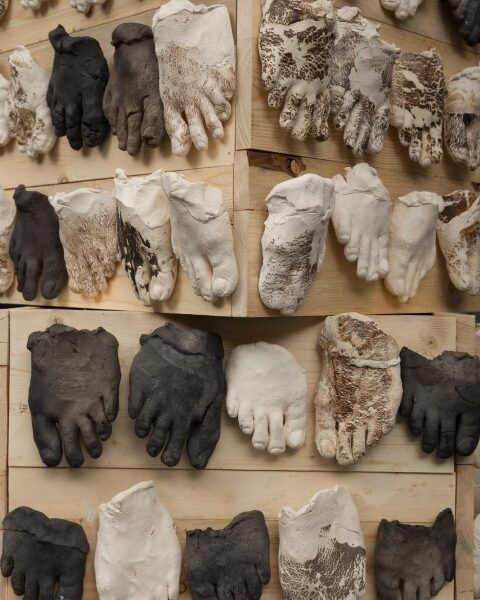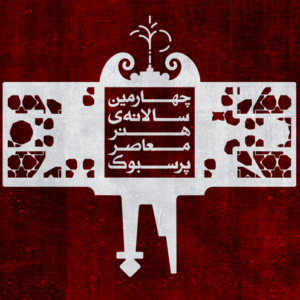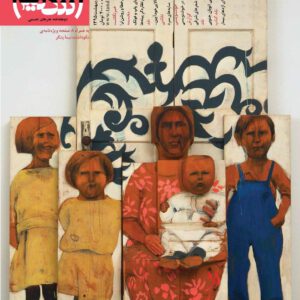سالانهی هنر معاصر پرسبوک، با درک شرایط موجود جامعه امروز ایران، برای هم افزایی هنرمندان معاصر و همچنین اهداف بلند مدتی که از دورههای پیشین در قبال زیستبوم کشورمان و جامعه داشته است، اعلان عمومی این دوره را منتشر می کند. چشمانداز: پرسبوک قصد دارد برای ساختن معنا در زمانهای که مفاهیمی چون فقدان و غیاب به گونهای گریزناپذیر بر تمام مراتب زیستی انسان پدیدار گشته، ایفای نقش کند. همچنین با پاسداشت جنبشهای مدنی امروزِ ایران، برای برساختِ فرهنگی-اجتماعی نظامی نوین، امیدواریم بتوانیم در جهت نیاز جامعه هنرمندان یا نمودی از بُروز هنر معاصر ایران گام برداریم. در ادوار گذشته سالانهی هنر معاصر پرسبوک، توجه به روندهای مشارکتی و همکاری هنرمندانه، هنر دستکار زنانه، هنر محیط-زیستی، مکان-ویژگی و مرکزگریزی جایگاه ویژهای داشته است؛ از دیگر سو نیز آنچه بیش از پیش در ایرانِ معاصر و اکنون مورد توجه و واکاوی قرار گرفته، «کنشگری هنری» است که با خوانشهای متفاوتی در بستر هنر معاصر و هنر اجتماعی ظهور یافته است. هنری که گاهی {مفید} خوانده میشود و سعی میکند با دستاوردهایی هرچند کوچک و ملموس، نوعی کارکردگرایی را در گفتمان هنری مدنظر قرار دهد. این هنر امکان بروز بیشتری در هنر عمومی نیز داشته است. هنری که در مفهوم عام، در فضای عمومی قابل مشاهده و قابل دسترس (یا برای) مردم باشد. در واقع این هنر بدنبال تأثیر «امر دیداری» بر گفتمان عمومی است. چنین هنری میتواند در عناصر ثابت مکان شهری یا بافت بناهای کهن گنجانده شود، همچنین میتواند پروژهای نامانا مانند چیدمان و رویدادهای هنری و هنر بدنمند باشد. بدين ترتيب هنرمنداني كه دغدغه محیط-زیستی و اجتماعی دارند، امكان وسيعي براي مشاركت شهروندان و همکاری هنرمندان در خارج از گالری و موزهها برای آنان فراهم است. از زماني كه نگاهها از محصول نهایی (شیءوارگی هنری) در هنر گرفته شد و فرايندِ خلق اثر اهمیت بیشتری یافت، حضور هنرمند در کنار مشاركت كنندگان به عنوان عاملي سرنوشتساز بدل گرديد و از اين طريق آموزشهای همگانی، هشدارهای محيطزيستي و كاركردهای فرهنگی را نیز امكانپذير كرد. میکوشیم کنشگری هنری را از طریق روابط بین فردی و در جهت نیل به نوعی زیباییشناسی اجتماعی دنبال کنیم. در جهت ایجاد فضای تعاملی و با توجه به تغییر و تحولات اجتماعی، پرسش های ذیل، حائز اهمیت اند: چگونه می توان با کنش مندی و فرهنگ سازی راوی زمانه خود برای نسل های آتی باشیم؟ هنرمند (یا منتقد) با چه شگردی می تواند عاملی بازدارنده یا خالق بازآفرینی یک موقعیت شود؟ وظیفه هنرمند در قبال تغییرات روزآمدِ جامعه با نگاه به مفهوم کنشگری چگونه باید باشد؟ سالانه این دوره پرسبوک، محل تقابل دیالکتیک دیدگاه هنرمندان با این پرسش ها خواهد بود. در این دوره یکی از پروژههای پیشین را بهانه رویداد پیشرو قرار دادهایم؛ اجرایی که نشانه بود و آبستن از تکاملی زاینده در بستر همگرایی و همنشینی جامعه هنرمندان ایران. «رگ سرخ» عنوان پروژهای با همکاری هنرمندان، به کیوریتوری ندا درزی در سالانه پرسبوک ۱۳۹۶ بود. این پروژه محیطی، استعارهای از شریان جهنده بر سطح زمینِ خشک منطقه کویری با استفاده از الیاف و با بدن هنرمندان شکل میگرفت. آنجا که هنرمندان شاهرگی سرخ را در تداوم یکدیگر و یا در تبادل با پوسته بناهای خشتی سنتی، به اثری مکان-ویژه تبدیل کردند. حال قصد داریم فارغ از ارجاعات احتمالی آفرینشهای هنری دیگر در این دوره، این عنوان را در ساحتی گسترده و با مشارکت/ همکاری هنرمندان، در قالب هنرِ مکان-ویژه و با سطح دسترسی هر یک از هنرمندان در اقلیم و زیستبوم خود ادامه دهیم. از این منظر پژوهشهای بومشناس معاصر و فعال محیط زیست «سوزان سیمارد» راهگشای چشمانداز این دوره است. او در جنگل های کانادا نتایج شگرفی از گفتگوی درختان با یکدیگر و از فواصل دور را نشان می دهد. سیمارد روایتگر زندگی اجتماعی متوازن و در عین حال پیچیده درختان است. درختانِ جنگل شبکهای زیرزمینی برای تبادل اطلاعات و انرژی دارند و رابطهی همیاری آنها از طریق درختان کانونی (هاب) آغاز میشود که معمولاً دسترسی بهتری به نور خورشید دارند، بنابراین عمل فتوسنتز بالاتری داشته و قادر به تولید گلوکز بیش از نیاز خود میشوند. درختان هاب از طریق شبکه قارچهای زیرزمینی و ریشههایی که به یکدیگر متصل میشود، آب و مواد معدنی را به اشتراک میگذارند همچنین هنگامی که درختی مورد تهدید قرار گیرد به دیگر گیاهان علائم هشدار ارسال کرده و درختان دیگر به شدت تحت تاثیر قرار میگیرند. چنین رابطهی همزیستی سبزِ سازنده بین قارچ و ریشهدوانی گیاهان، میتواند به شکلی تطبیقی و استعاری، رگ سرخی باشد که هنرمندان را در جامعهای متأثر از رخدادهای بنیادگرا و تلخ، به یکدیگر فرابخواند. روزنه نور را باز نگه دارد یا شریانی سرخ را فریاد کند.
بخش اول: ریشه دوانی
هنرمندان معاصر همواره در پی بازآفرینی هنرهای زیبا و استخراج از هنر سنتی گام برداشتهاند. ریشهدوانی در محیط به شکل چیدمان یا با رویکرد هنر الیاف برای نزدیک شدن به طراحیهای شبه علمی و طبیعت، نقطه عزیمتِ خلاقیت و پیوند با هنر زنان است. همچنین استفاده از مواد بازیافتی در هنر الیاف، بستری برای خلق آثار هنری موقت و مکان-ویژه در هنر محیطی است. این گسترش و ریشهدوانی از آزمایش و دستکاری در کارماده ها آغاز میشود و با بسط مفاهیم جدید در همه هنرها، تا تنیدگی و ریشه دوانی اجتماعی گروههای انسانی و تعاملات بین فردی ادامه مییابد.
بخش دوم: بدن گسترده
باید بدانیم بدنها چیزهایی نیستند که ما به آنها معنا بدهیم بلکه بدنها {خود} معنا هستند؛ آیا میتوانیم ارائه فیزیکی مفاهیم و مقاصد از طریق بدن هنرمند را نمایشی حاوی پیام و همه اطلاعات زیست معاصرش بدانیم؟. آیا بدن میتواند خاستگاه صفاتی چون زخمی، دردمند یا فربه قرار گیرد؟ برای حضور مداخلهگر هنرمند در گفتمان مرتبط با این سوالات و فارغ از چیستی یا چگونگی پاسخ، برآنیم تا این رویداد، فرصتی برای نسبتهای کُنشمند و اجتماعی آن باشد. در زمانهی مداخله، احاطه و سیطره بر بدنها، ضرورت صحبت از بدنِ گستردهی اجتماعی کاملاً بجاست. هنگامی که هنرمندان بدن خود را در تداوم و متأثر از محیط و اجتماع بکار میبرند، این نوع رویکردها به وضوح گرایش به سمت گزارههای جمعی (در عین فردیت بدن) را تقویت میکند. بدنهایی کنشگر، معترض، متصل به یکدیگر یا منفصل که متأثر از دردها و رخدادهایی یکساناند. در این راستا حضور مفاهیمی چون «گسترش بدن هنرمند» با نگاه پدیدارشناسانه، در هنر معاصر منجر به خلق آثاری هستی شناختی و فلسفی نیز شده است.
بخش پژوهش های دوره دوازدهم:
تولید یا زیستنِ «هنر»؟! پارههایی برای تفکر/ پوریا جهانشاد
جُستاری در «هنر به مثابه کنشگری»/ رضا منجزی
عکاسی در هنر معاصر: ثبت امر نازیبا یا ثبت عینی(مستندنگاری)/ امین علی کردی
نحوهی برگزاری: آثار هنرمندان با رعایت مکان ویژگی یا امکان دسترسی هر هنرمند در اقلیم و مکان مورد نظر (خارج از گالری) اجرا، تولید شده و مستندات به شکل ویدیو، عکس و متن از طریق درگاههای مجازی و رسانهای سالانه هنر معاصر پرسبوک به نمایش در می آید. کاتالوگ دیجیتال حاوی پژوهشها و آثار هنرمندان دوره دوازدهم نیز منتشر خواهد شد. گفتگو با پژوهشگران در قالب گفتگوی آنلاین، پیرامون چیستی و چگونگی خلق آثار از دیگر برنامههای سالانه هنر معاصر پرسبوک خواهد بود. امکان فروش آثار با هماهنگی هنرمند، حامی مالی پروژه یا خریداران مستقل در بستر تعاملات جامعه مخاطبین رویداد پرسبوک وجود دارد.
تدوین و آماده سازی ویدیو هنرمندان با اهتمام و همراهی مجموعه «حرف هنر» انجام شده و طراحی گرافیک و هویت بصری رویداد را مجتبی شریعتی و گرافیک موشن را بی تا عامل اجرا کرده است.
کارگاه های ۱۴۰۲پرسبوک با همکاری: «دیما رزیدنسی» برای هنرجویان و علاقمندان در سیاهکل با مدرسی فرزین هدایت زاده و رضا منجزی فراهم شده است.این کارگاه ها با ایجاد بستر مناسبی برای آموزش گرایش های هنر معاصر، می کوشد به رسالت همیشگی پرسبوک؛ کشف استعدادهای جوان نیز کمک شایانی کرده باشد.
اسامی هنرمندان دوازدهمین سالانه هنر معاصر پرسبوک: مژده اتراک، ابراهیم ادوای، نجمه امینی، منصوره باغگرایی، سارا ساسانی، حمیده سبحانی، نسرین شاه بیگی، انیسه صالح نیا، زهره صولتی، آیدا علی بخش، اسماعیل قنبری، محمود مکتبی، زهرا نیکورای، فرزین هدایت زاده


